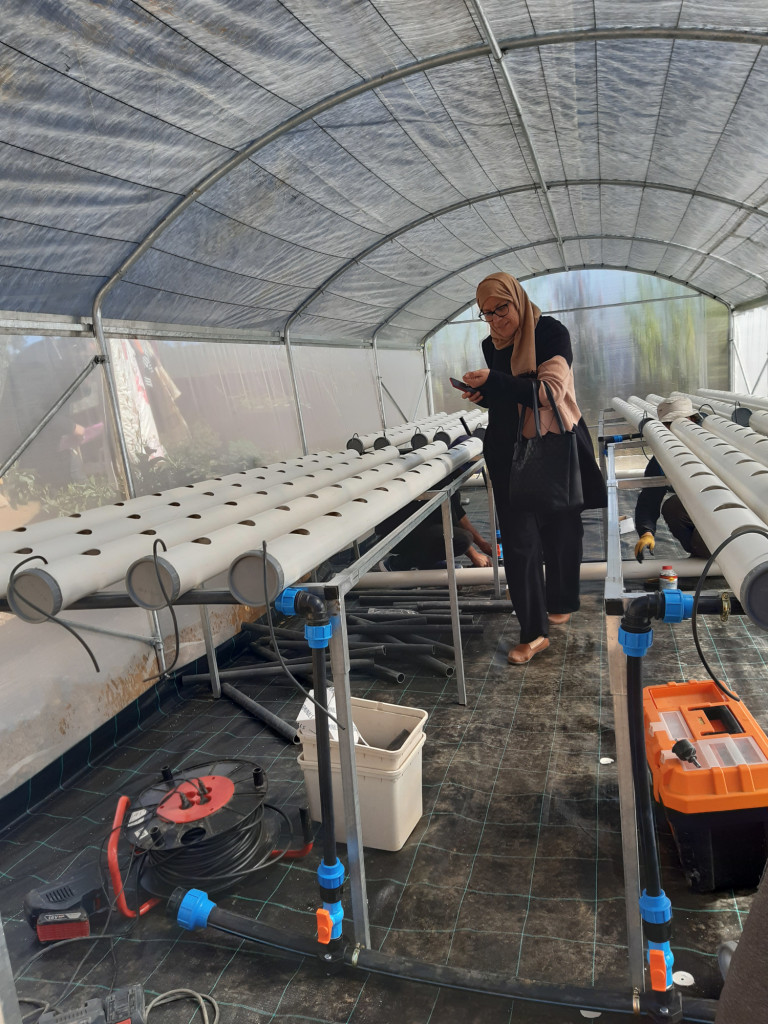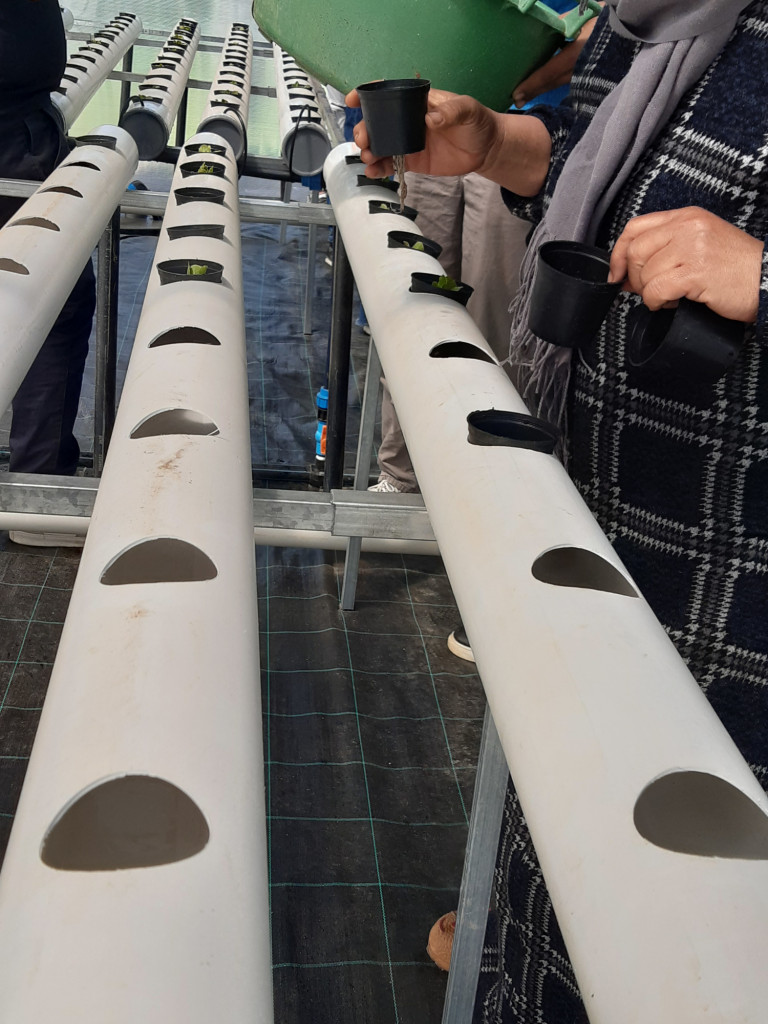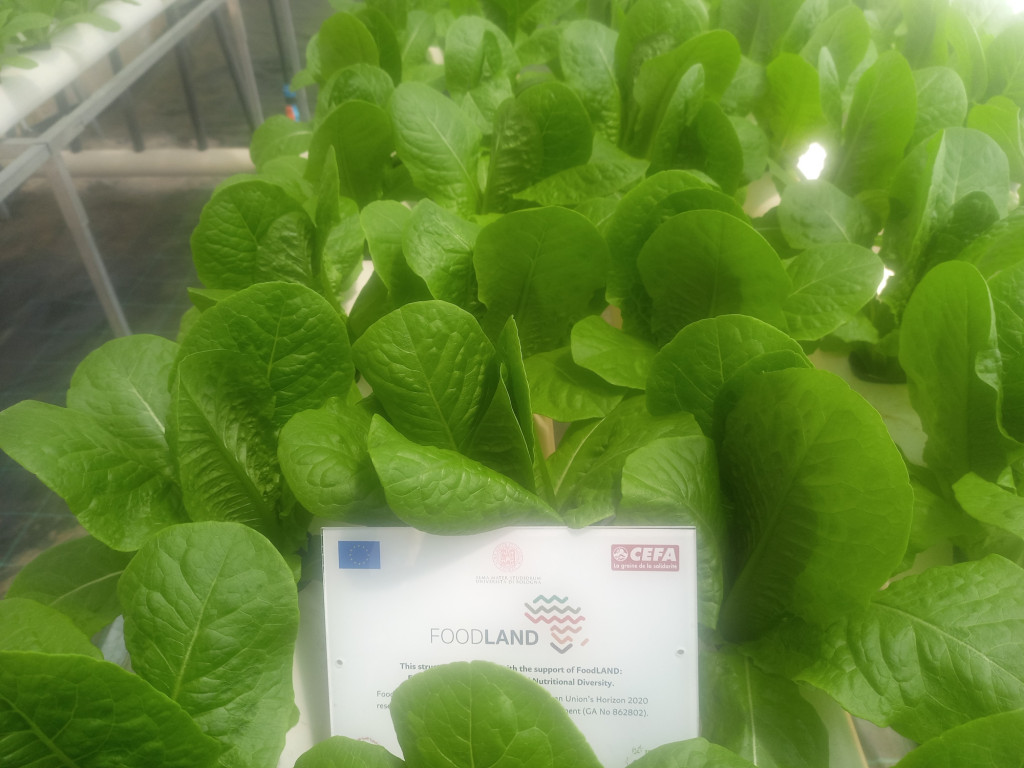Low-cost soilless and recirculating water system and community gardening for vegetable production
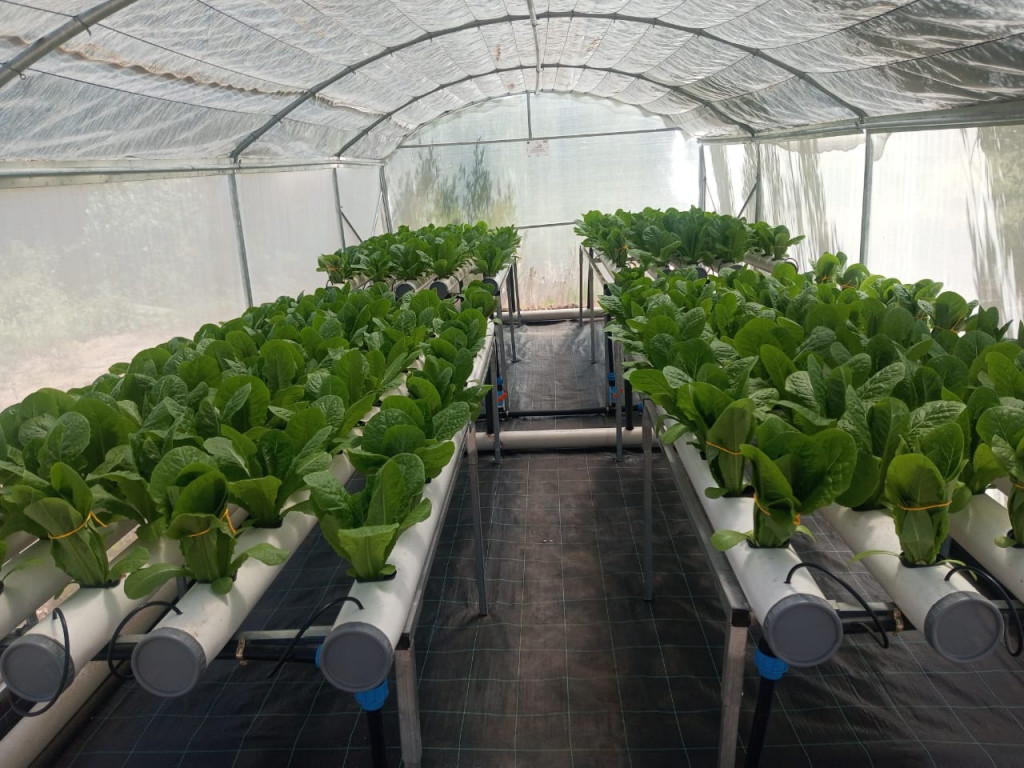
With the aim of providing smallholder farmers with alternative farming solutions, the FoodLAND partners at CEFA and the University of Bologna have jointly developed and validated in the field two innovative systems for vegetable cultivation in Tunisia: a closed-loop hydroponic system, where vegetables are grown suspended in a nutrient-rich water circuit, and a community gardening system to improve farmers’ access to land and introduce innovative technologies.
Smallholder farmers from the rural area of Fernena, located in the Jendouba governorate of Northern Tunisia, where one of FoodLAND’s food hubs is based, are facing increasing challenges. Rising cultivation costs, including fertilizers, planting materials, and pesticides, are compounded by the growing increasing water scarcity.
In this situation, alternative farming solutions are urgently needed to enhance the resilience of local agricultural activities. Vegetable cultivation offers a promising opportunity for smallholder farmers in this region, as they have higher added value and profitability. However, the hilly terrain in the Fernena area presents challenges for successfully performing this pursuit, aggravated by water scarcity, salinization and soil property ownership challenges. This is where FoodLAND’s innovative solutions come in.
The adoption of closed-loop hydroponic systems may be a suitable solution for sustainable agriculture in areas like those described above. By replacing traditional growing media (soil) with a recirculating water solution, the use of water in these hydroponic systems can be significantly reduced. The cost of setting up such a system was also taken into account, as it was considered crucial to develop low-cost solutions to ensure they were accessible to smallholder farmers.
Additionally, community gardening systems were also explored as an alternative solution, since they are considered appropriate for areas like Fernena, as they can provide social and economic benefits to local farmers. Farmers can share investment costs, facilitating technology adoption, and increasing the market value of their produce. The introduction of water-saving technologies, such as drip irrigation and mulching, further supports the sustainability of these gardens.
Soilless and water-recirculating hydroponic system
The FoodLAND team working on this approach tried out different options to find the best-fitting hydroponic system. On the one hand, they worked with different growing media, using growing substrates or entirely eliminating soil and suspending roots in nutrient solutions. On the other hand, they tried different format systems, including wooden boxes elevated from the ground and a circulating system made of aligned plastic bottles to check which of them made the most efficient water use. A gravity-fed irrigation system delivered nutrients to the plants, and both arrangements had drainage features that let excess water flow back into the irrigation tank, creating a closed-loop system.
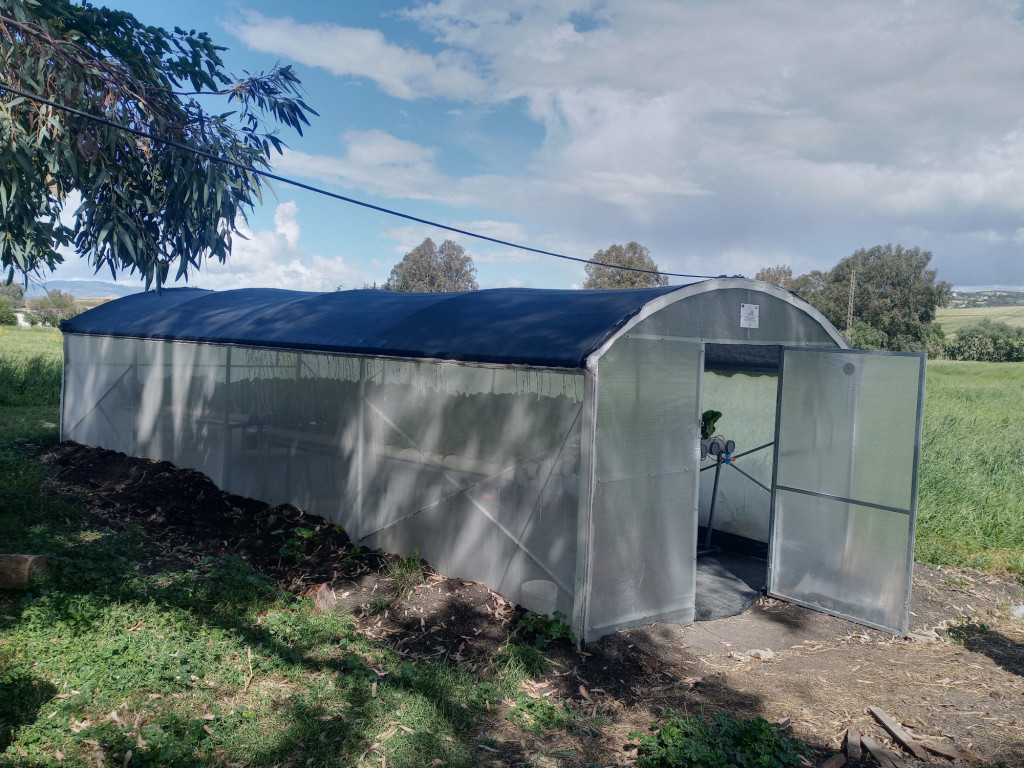
smart 